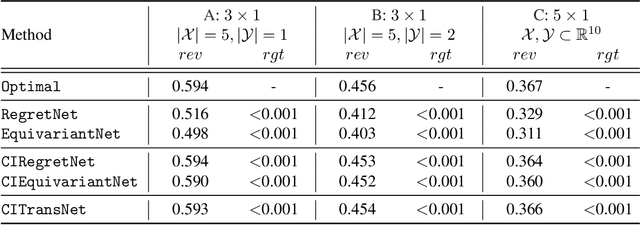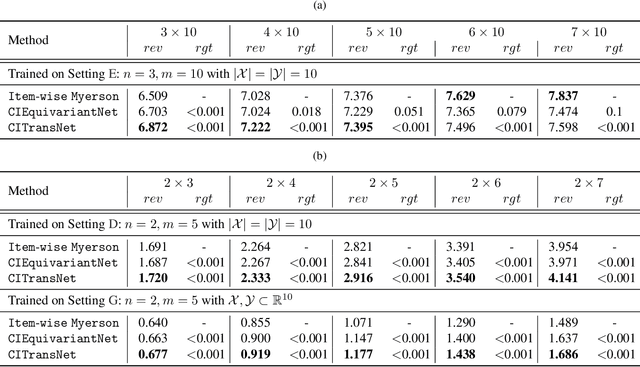Yutong Yin
BRiTE: Bootstrapping Reinforced Thinking Process to Enhance Language Model Reasoning
Jan 31, 2025



Abstract:Large Language Models (LLMs) have demonstrated remarkable capabilities in complex reasoning tasks, yet generating reliable reasoning processes remains a significant challenge. We present a unified probabilistic framework that formalizes LLM reasoning through a novel graphical model incorporating latent thinking processes and evaluation signals. Within this framework, we introduce the Bootstrapping Reinforced Thinking Process (BRiTE) algorithm, which works in two steps. First, it generates high-quality rationales by approximating the optimal thinking process through reinforcement learning, using a novel reward shaping mechanism. Second, it enhances the base LLM by maximizing the joint probability of rationale generation with respect to the model's parameters. Theoretically, we demonstrate BRiTE's convergence at a rate of $1/T$ with $T$ representing the number of iterations. Empirical evaluations on math and coding benchmarks demonstrate that our approach consistently improves performance across different base models without requiring human-annotated thinking processes. In addition, BRiTE demonstrates superior performance compared to existing algorithms that bootstrap thinking processes use alternative methods such as rejection sampling, and can even match or exceed the results achieved through supervised fine-tuning with human-annotated data.
Are Transformers Able to Reason by Connecting Separated Knowledge in Training Data?
Jan 27, 2025Abstract:Humans exhibit remarkable compositional reasoning by integrating knowledge from various sources. For example, if someone learns ( B = f(A) ) from one source and ( C = g(B) ) from another, they can deduce ( C=g(B)=g(f(A)) ) even without encountering ( ABC ) together, showcasing the generalization ability of human intelligence. In this paper, we introduce a synthetic learning task, "FTCT" (Fragmented at Training, Chained at Testing), to validate the potential of Transformers in replicating this skill and interpret its inner mechanism. In the training phase, data consist of separated knowledge fragments from an overall causal graph. During testing, Transformers must infer complete causal graph traces by integrating these fragments. Our findings demonstrate that few-shot Chain-of-Thought prompting enables Transformers to perform compositional reasoning on FTCT by revealing correct combinations of fragments, even if such combinations were absent in the training data. Furthermore, the emergence of compositional reasoning ability is strongly correlated with the model complexity and training-testing data similarity. We propose, both theoretically and empirically, that Transformers learn an underlying generalizable program from training, enabling effective compositional reasoning during testing.
A Context-Integrated Transformer-Based Neural Network for Auction Design
Jan 29, 2022



Abstract:One of the central problems in auction design is developing an incentive-compatible mechanism that maximizes the auctioneer's expected revenue. While theoretical approaches have encountered bottlenecks in multi-item auctions, recently, there has been much progress on finding the optimal mechanism through deep learning. However, these works either focus on a fixed set of bidders and items, or restrict the auction to be symmetric. In this work, we overcome such limitations by factoring \emph{public} contextual information of bidders and items into the auction learning framework. We propose $\mathtt{CITransNet}$, a context-integrated transformer-based neural network for optimal auction design, which maintains permutation-equivariance over bids and contexts while being able to find asymmetric solutions. We show by extensive experiments that $\mathtt{CITransNet}$ can recover the known optimal solutions in single-item settings, outperform strong baselines in multi-item auctions, and generalize well to cases other than those in training.
 Add to Chrome
Add to Chrome Add to Firefox
Add to Firefox Add to Edge
Add to Edge